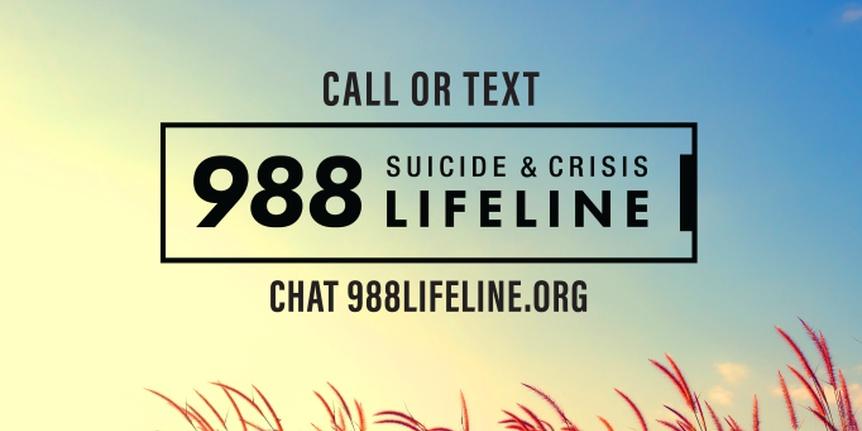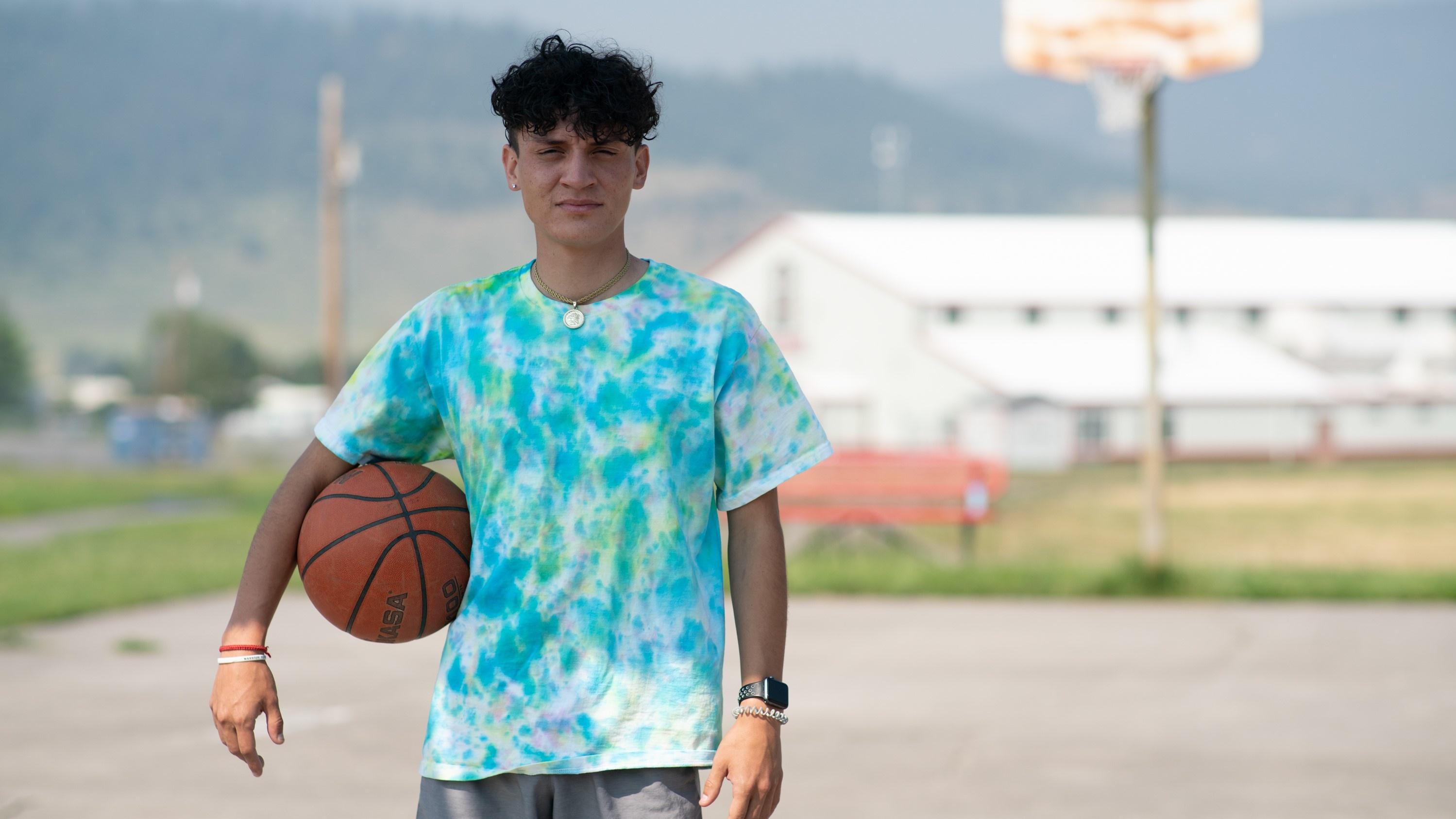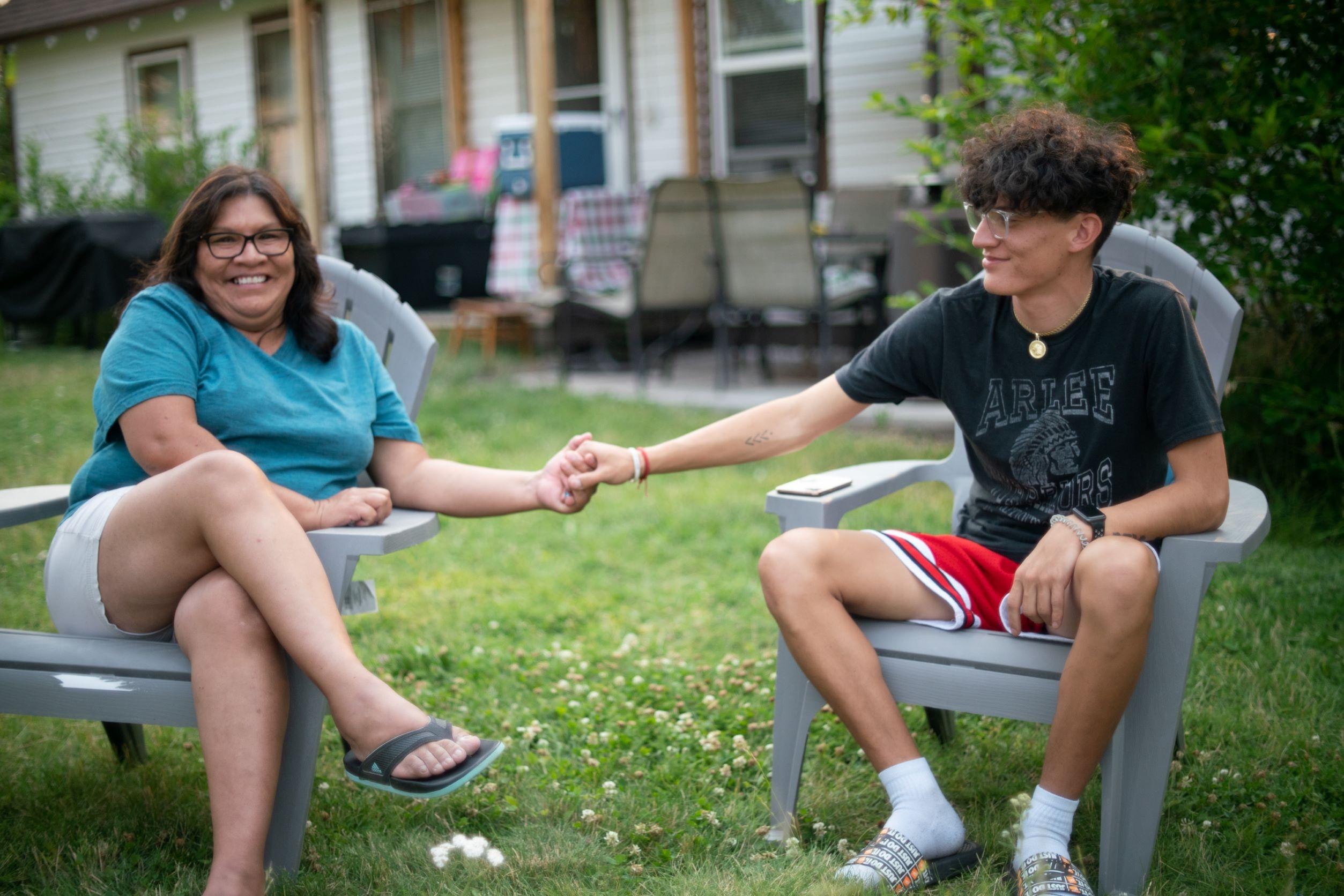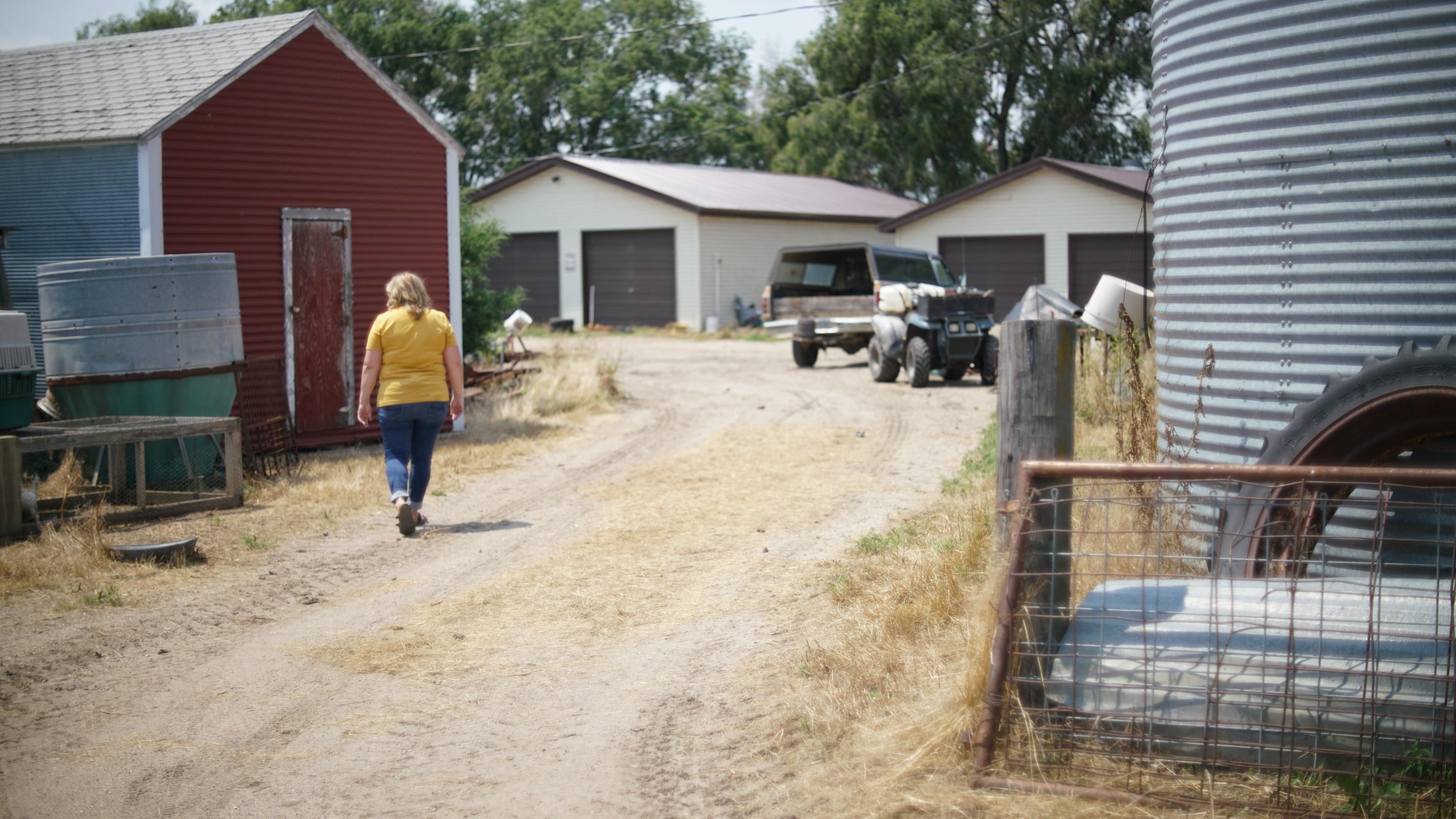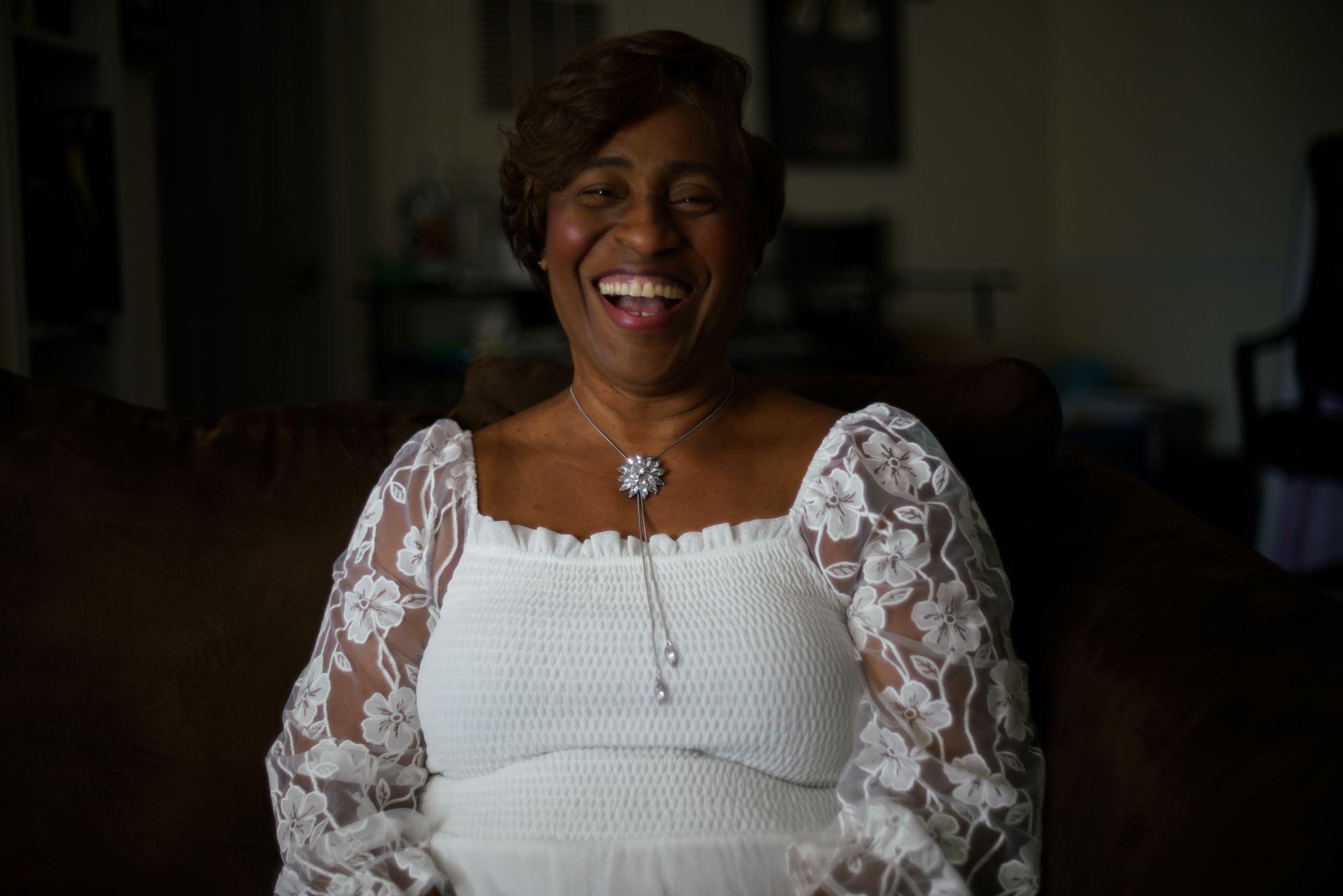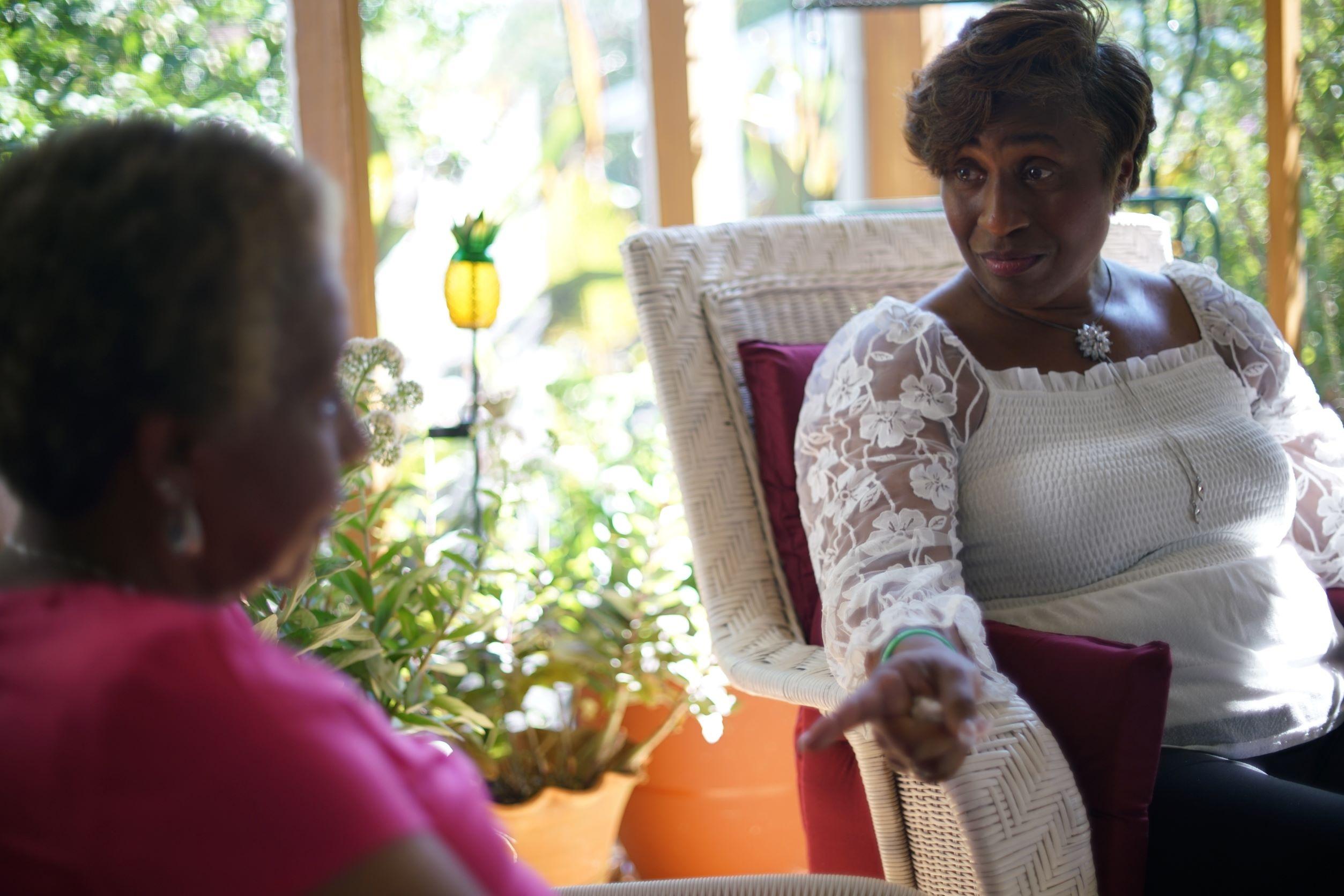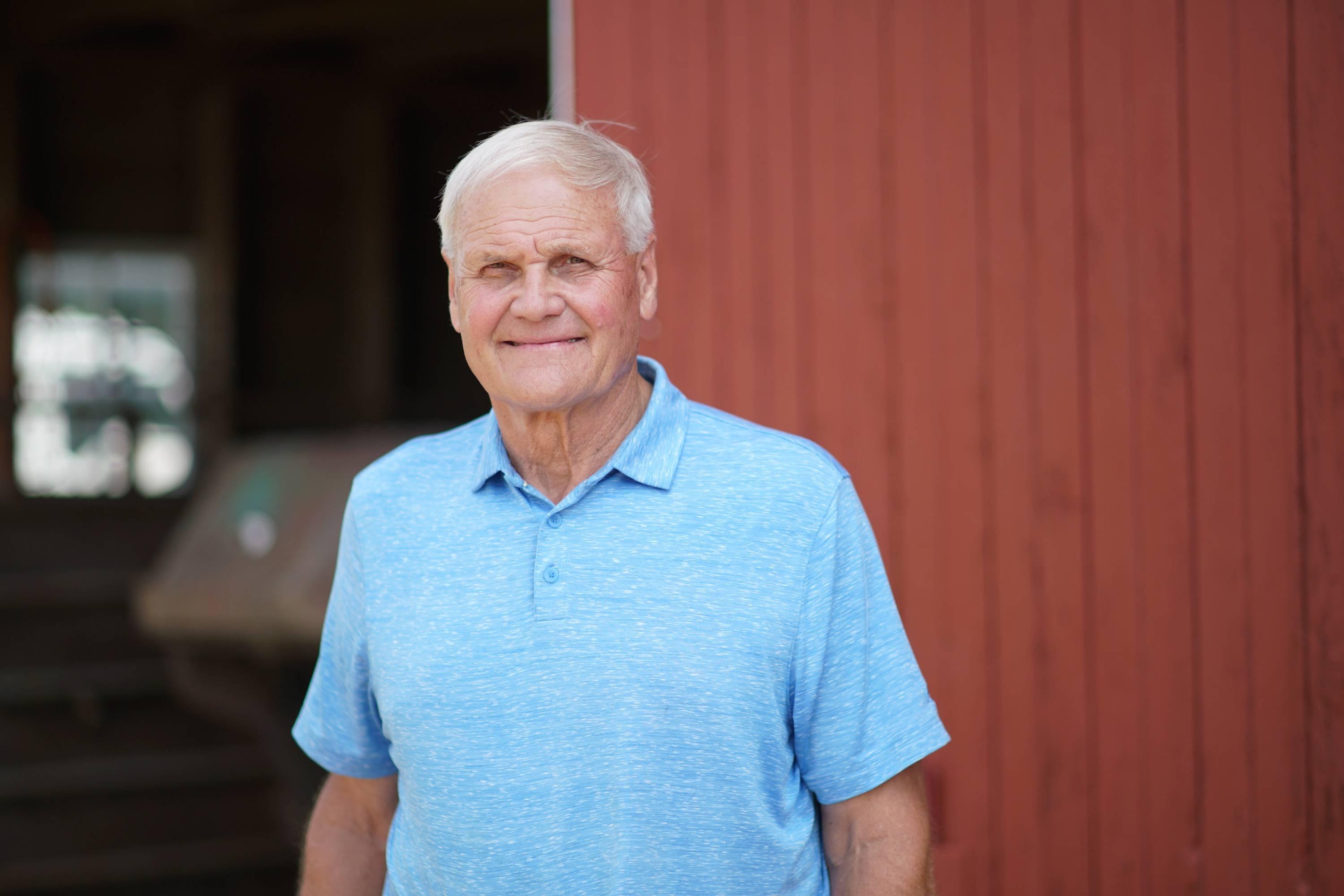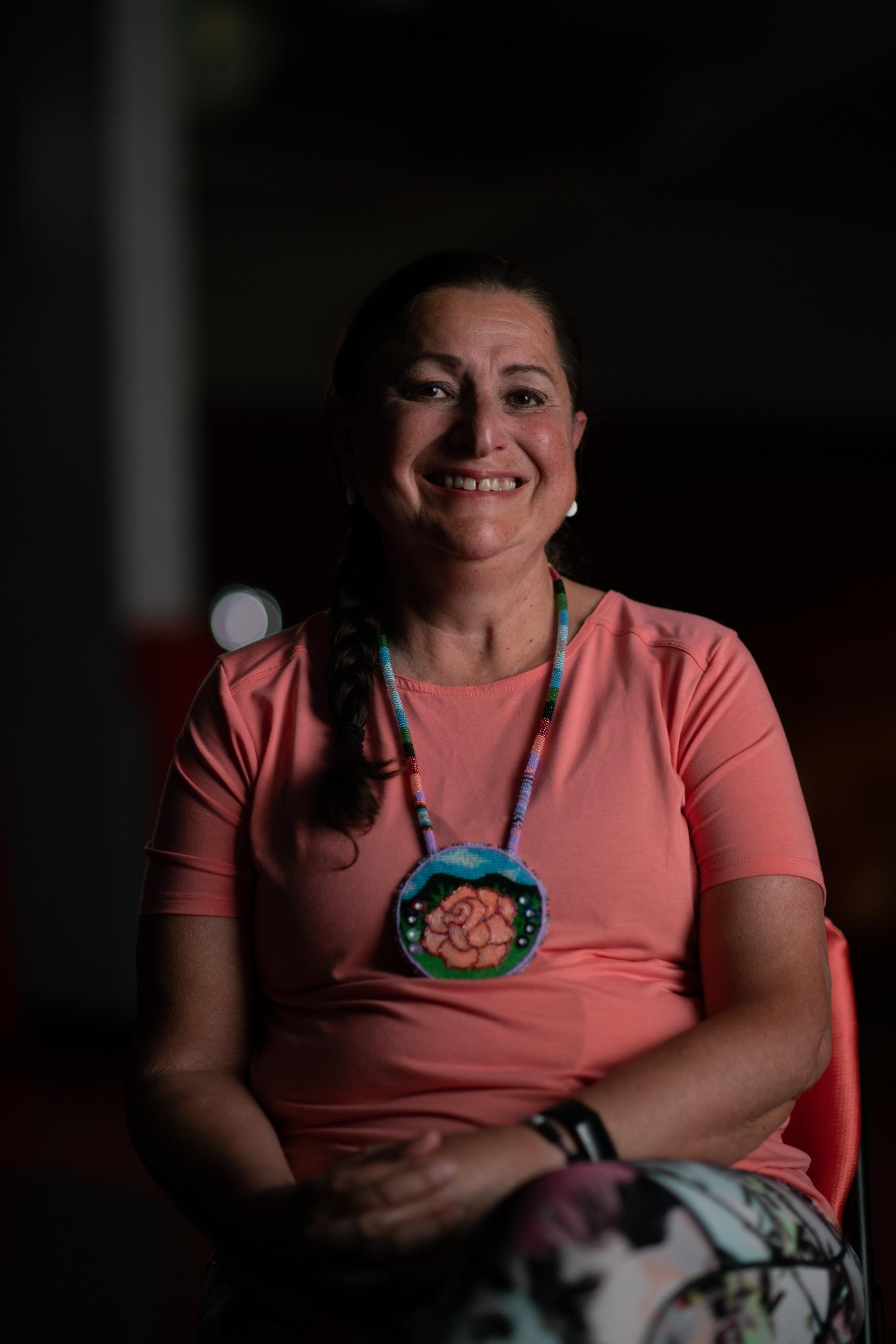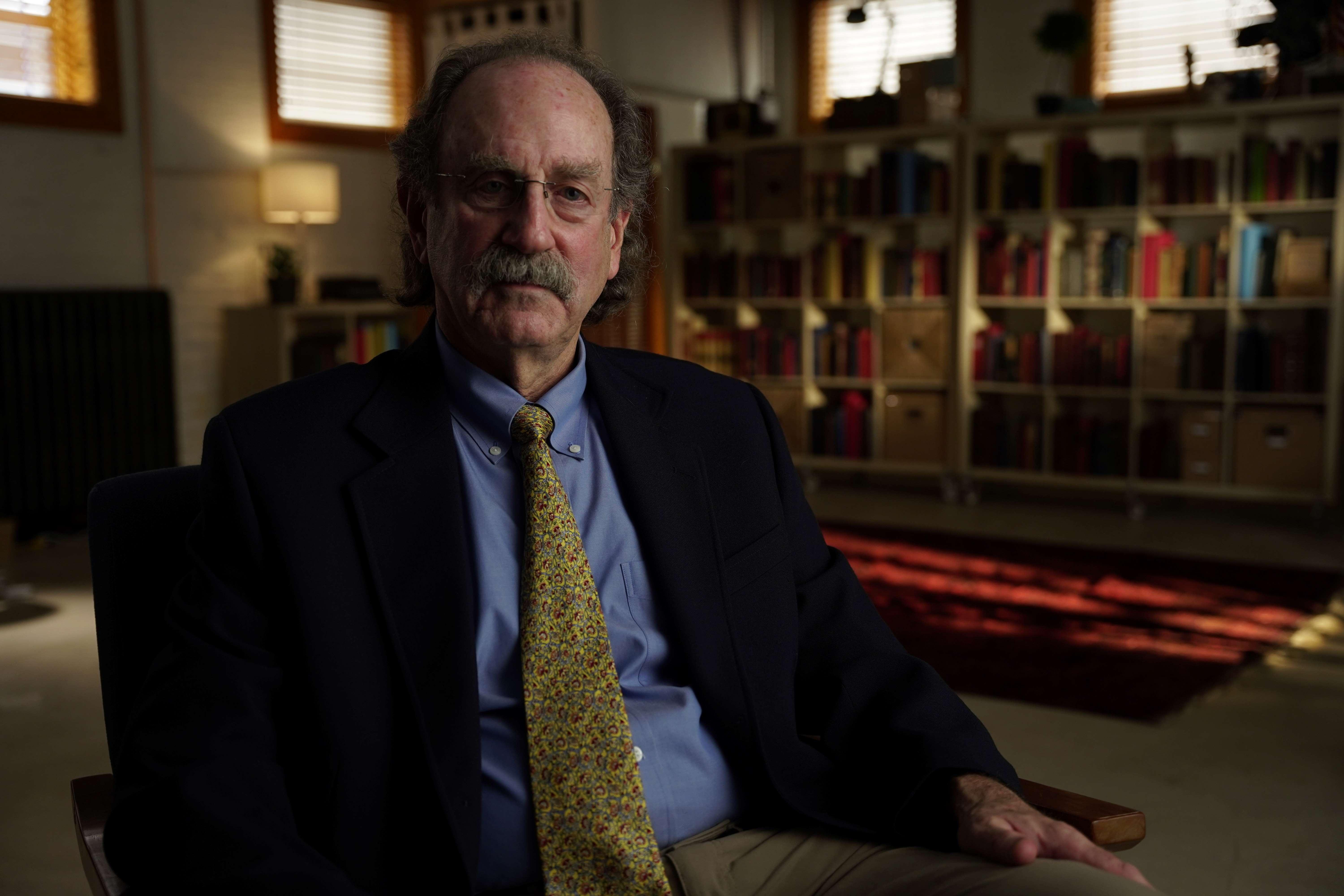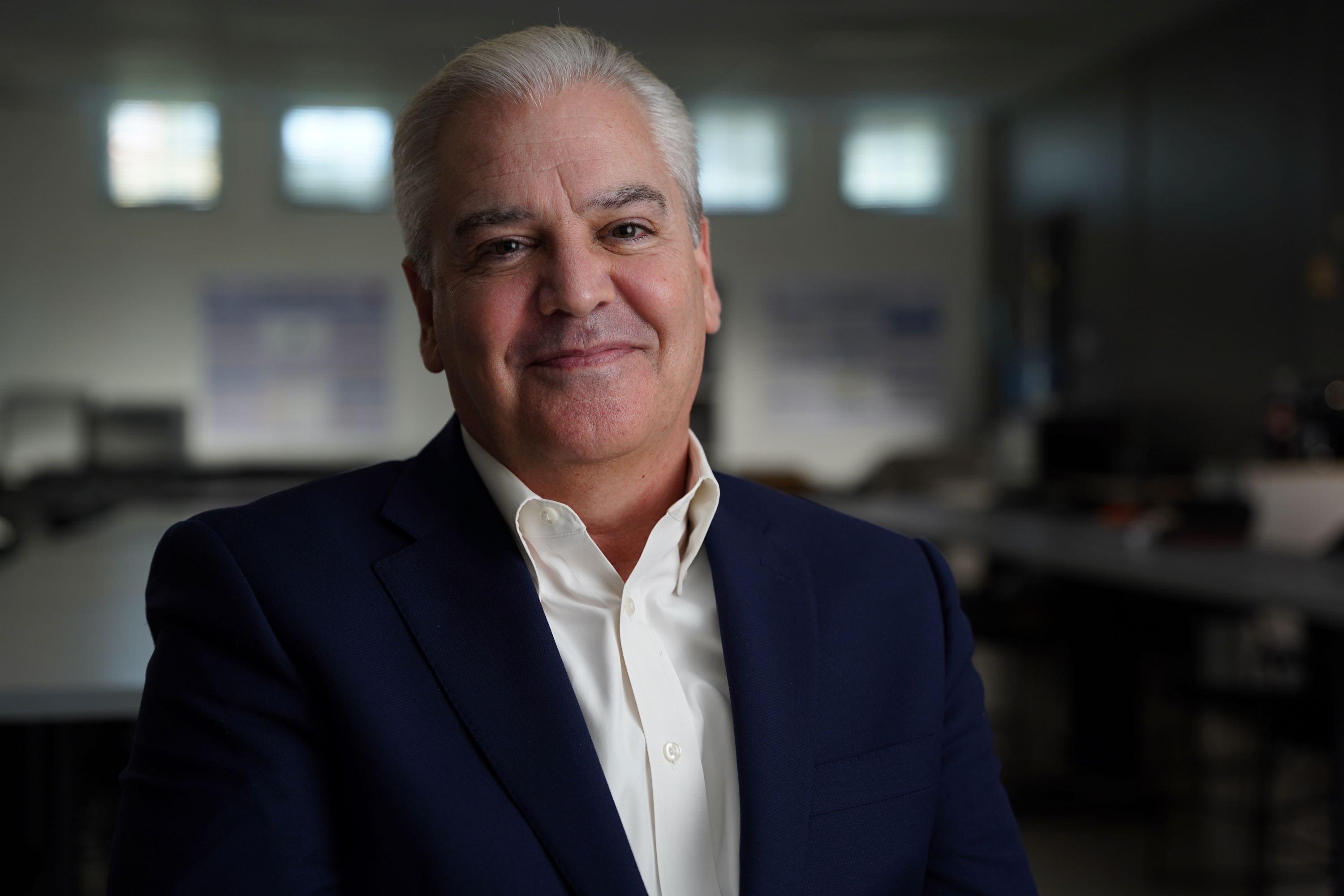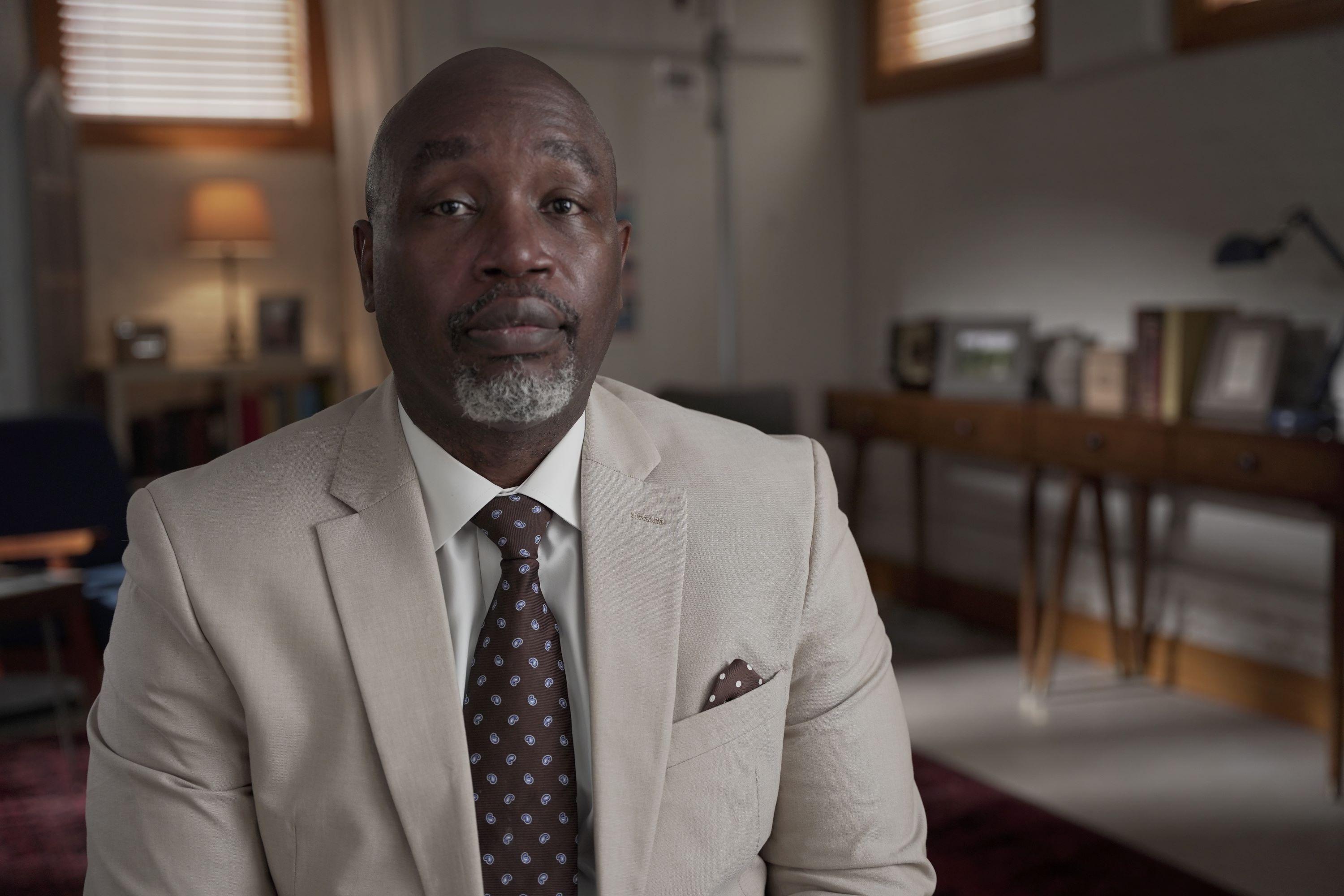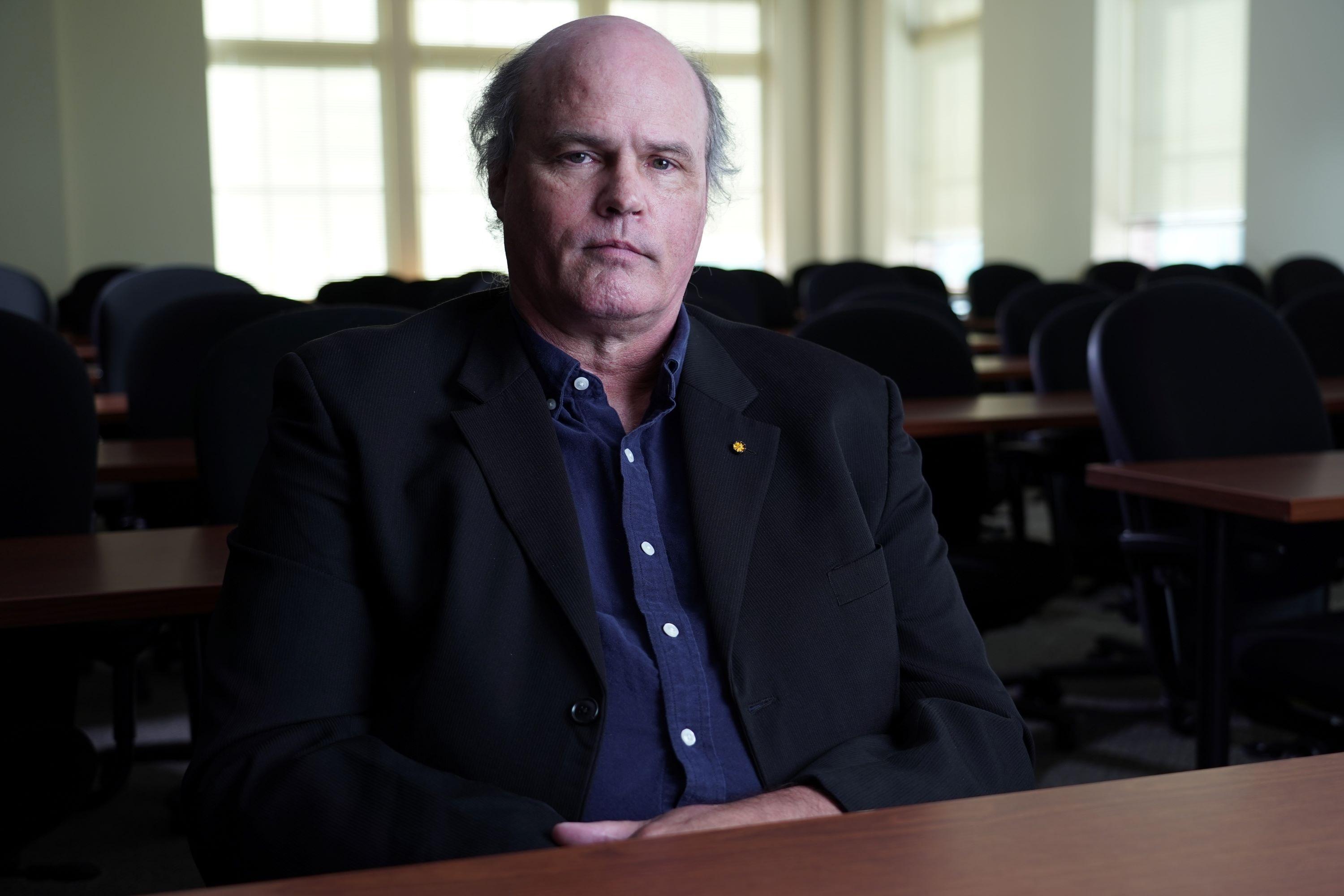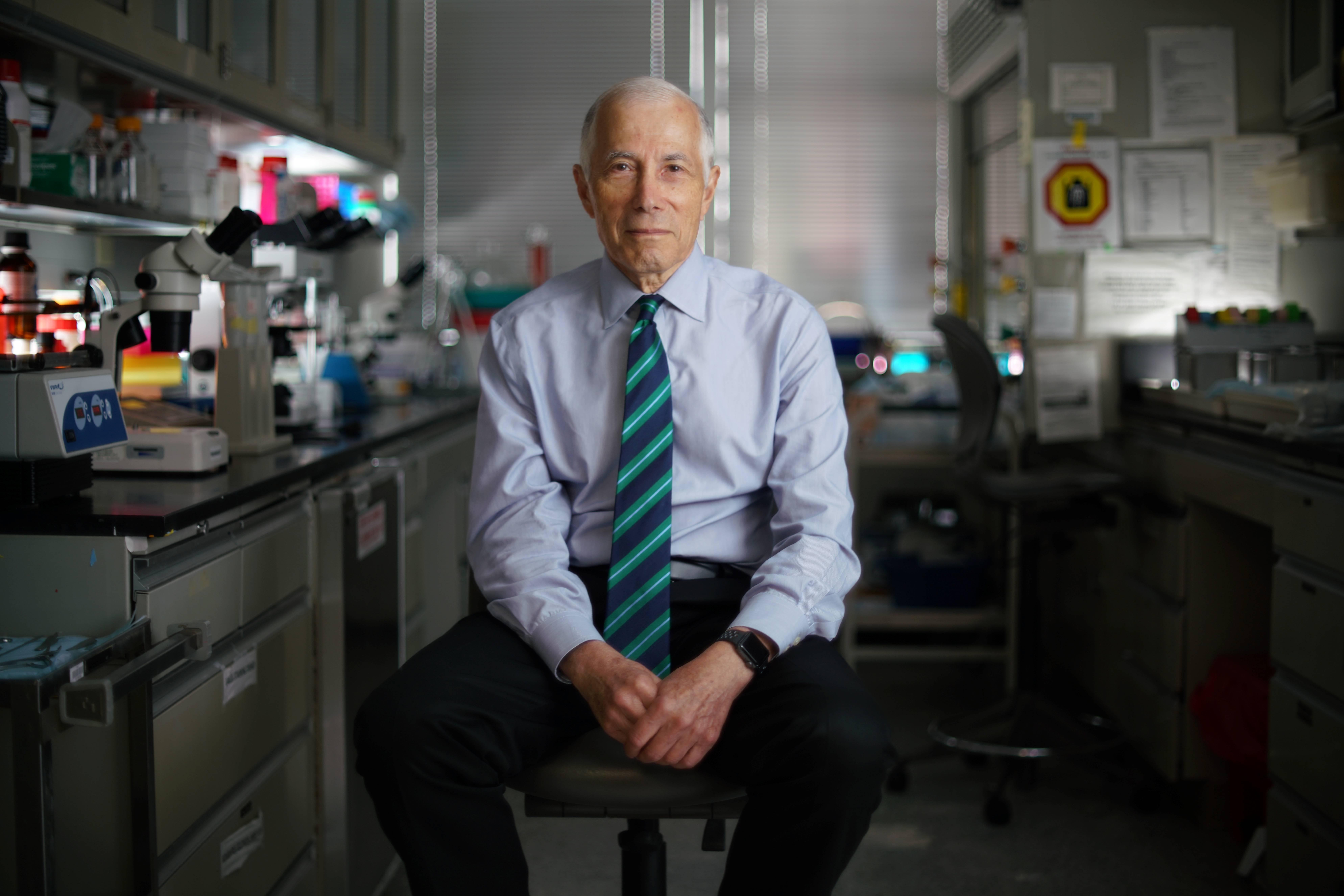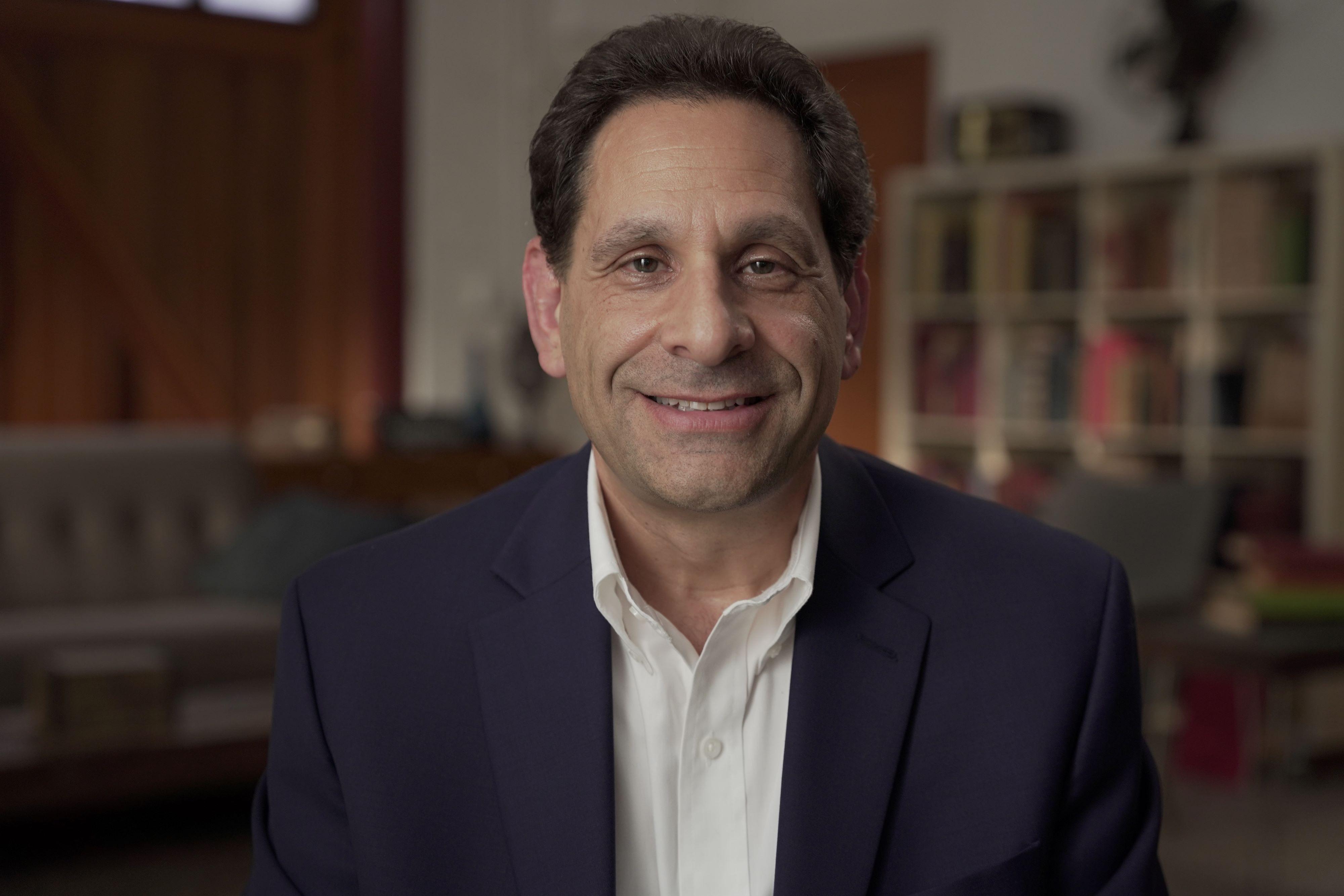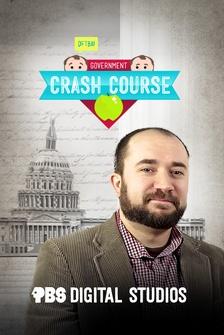


Now Streaming
Explore the crisis of suicide, including risk factors and prevention strategies.
FACING SUICIDE combines the poignant personal stories of people impacted by suicide with profiles of scientists at the forefront of research to reveal new insights into one of America’s most pressing mental health crises. Shining a light on this difficult topic can destigmatize suicide while revealing that there is help as well as hope for those at risk and their loved ones.
Now Streaming
Explore the crisis of suicide, including risk factors and prevention strategies.
FACING SUICIDE combines the poignant personal stories of people impacted by suicide with profiles of scientists at the forefront of research to reveal new insights into one of America’s most pressing mental health crises. Shining a light on this difficult topic can destigmatize suicide while revealing that there is help as well as hope for those at risk and their loved ones.
Call or text 988
988 Suicide & Crisis Lifeline
If you are considering suicide, or if you or someone you know is in emotional crisis, please call or text 988. The 988 Suicide & Crisis Lifeline is a national network of local crisis centers that provides free and confidential emotional support to people in suicidal crisis or emotional distress.
988Providing Support for PBS.org
Photo Gallery
About Facing Suicide and How to Help
Each year tens of thousands of Americans take their own lives. There were more than 45,000 deaths by suicide in 2020 alone, and many more have thoughts of suicide.
FACING SUICIDE, a new documentary from Twin Cities PBS narrated by Josh Charles, investigates this tragic and urgent health care challenge. From the Flathead Indian Reservation to Midwest rural farming communities, FACING SUICIDE reveals the stories of those impacted by suicide and explores how suicide touches everyone.



FACING SUICIDE highlights breakthroughs in functional brain imaging, neurochemistry and molecular genetics as it probes the causes of depression and suicide; explains a variety of strategies to assess risk and keep people safe; and explores systemic approaches that show promise of saving lives.
“The [Centers for Disease Control and Prevention] is approaching suicide as a public health crisis because the rate in the U.S. has been on the rise since about 1999,” says Dr. Christine Moutier, Chief Medical Officer for the American Foundation for Suicide Prevention. Dr. Moutier gleans hope from recent discoveries that have led to a deeper understanding of the risk factors that may lead people to consider suicide, including impulsivity, aggression, and past trauma. Mental health conditions such as depression or substance abuse disorder can make people more vulnerable to other risk factors such as stress or difficult life experiences.
As researchers understand more about the causes of suicide, they also learn more about prevention. “What’s compelling to me about being a suicidologist is the idea of saving lives,” says Dr. David Jobes, Professor of Psychology and Associate Director of Clinical Training at The Catholic University of America in Washington, D.C. “We’ve learned so much in the decades of research that I’ve been involved with as to why people want to die, and that when you really study that and understand it, you can flip it around and understand a lot about what gives people purpose and meaning.”
Experts agree everyone can play an important role in helping prevent suicide. The first step with someone in crisis is to ask them directly if they are considering suicide. Listening with empathy, staying with the person, and getting help from a professional come next. Never leave a person in crisis alone.
If you are considering suicide or if you or someone you know is in emotional crisis, call or text 988 or chat 988lifeline.org for confidential, free, crisis support.
Find Support
Support for PBS.org provided by:
